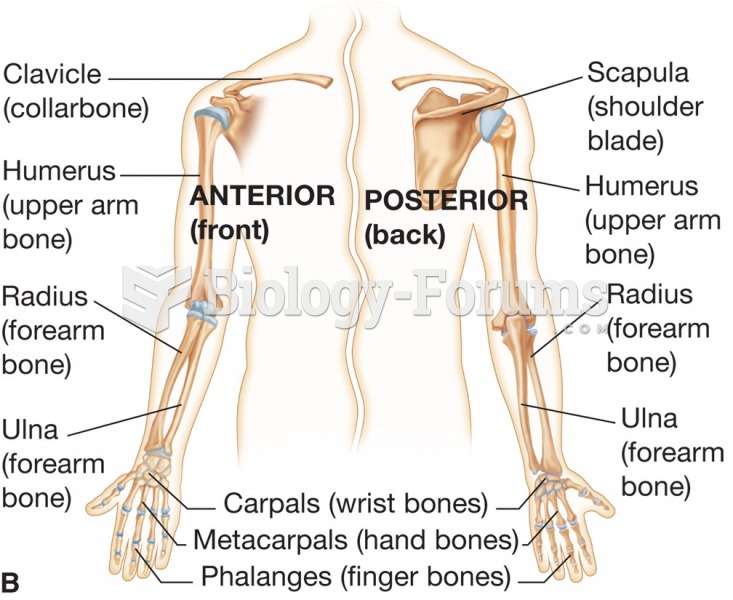This topic contains a solution. Click here to go to the answer
|
|
|
Did you know?
According to the FDA, adverse drug events harmed or killed approximately 1,200,000 people in the United States in the year 2015.
Did you know?
The familiar sounds of your heart are made by the heart's valves as they open and close.
Did you know?
There are more bacteria in your mouth than there are people in the world.
Did you know?
The Romans did not use numerals to indicate fractions but instead used words to indicate parts of a whole.
Did you know?
Persons who overdose with cardiac glycosides have a better chance of overall survival if they can survive the first 24 hours after the overdose.
 a) Using a soft pillow rather than a hard bolster under the knees will reduce pressure on the back ...
a) Using a soft pillow rather than a hard bolster under the knees will reduce pressure on the back ...
 The fuel tank pressure sensor (black unit with three wires) looks like a MAP sensor and is usually ...
The fuel tank pressure sensor (black unit with three wires) looks like a MAP sensor and is usually ...





